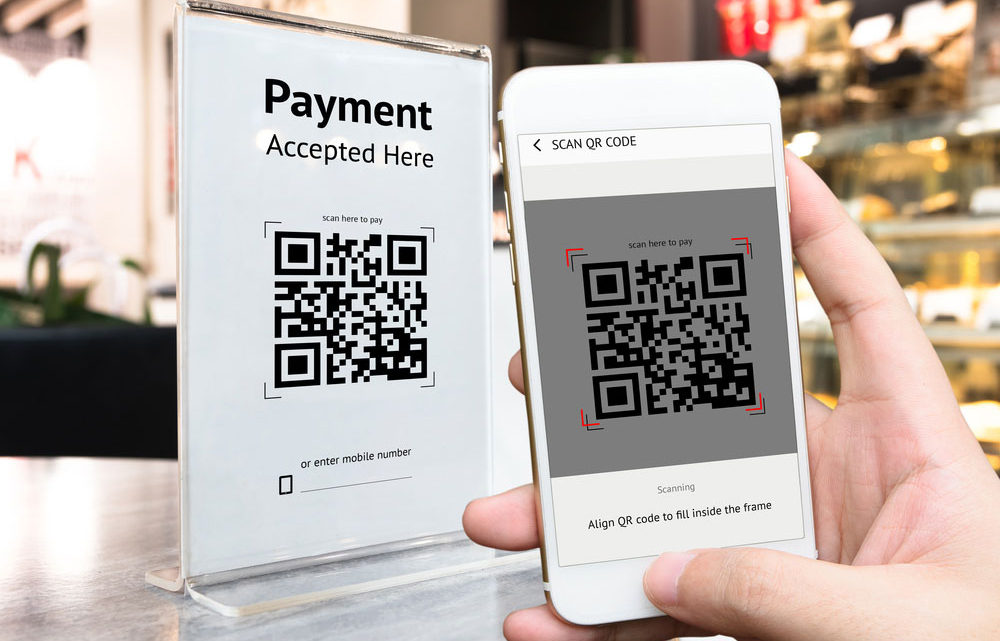Fintech, Finance, Technology, Banking Highlights – 21 May 2018
EMVCo Creates QR Payment Mark to Help Promote Worldwide Acceptance and Interoperability of EMV QR Code Payments
EMVCo, the global technical body that manages the EMV Specifications, has created a QR Payment Mark to promote global interoperability across EMV QR Code payments.
EMVCo has developed reproduction requirements and a free licensing structure to enable all implementers of EMV QR Code solutions to use the mark.
QR Codes are two-dimensional machine-readable barcodes, increasingly used to facilitate mobile payments at the point-of-sale. In 2017, EMVCo published the EMV QR Code Specifications to address two prevalent QR Code payment use-cases:
• Consumer-presented – the consumer displays the QR Code on their mobile device and the merchant uses an optical scanner to read the code.
• Merchant-presented – the merchant displays the QR Code and the consumer uses their mobile device to scan the code.
The QR Payment Mark may be used to inform consumers that a merchant accepts EMV QR Code payment solutions. Supplemental messaging to consumers will confirm whether merchant-presented transactions, consumer-presented transactions, or both, are supported. The QR Payment Mark may also be used as an application indicator on a consumer mobile device when initiating a consumer-presented transaction. A royalty-free trademark license agreement and reproduction requirements are available in EMVCo’s Trademark Centre.
“As momentum builds for leveraging emerging technologies, EMVCo is committed to facilitating worldwide acceptance and interoperability for EMV QR Code payments,” comments Jack Pan, EMVCo Executive Committee Chair. “The development of a uniform, recognisable QR Payment Mark that can be used on a royalty-free basis is an important step towards providing a universally consistent experience for both merchants and consumers.”
Bank of America Delivers First Widely Available AI–Driven Virtual Financial Assistant
Bank of America is rolling out the first widely available AI-driven virtual assistant of its kind in financial services, Erica, to its 25 million mobile clients.
This latest innovation reflects the bank’s continued investment in digital capabilities as part of its high-tech, high-touch client experience, including the Digital Mortgage Experience™, mobile car shopping tool, Merrill Edge® Guided Investing, and Business Advantage.
“Everything we do is based on what we hear from our clients: how they want to interact with us and how we can make their financial lives better,” said Michelle Moore, head of digital banking at Bank of America. “Erica delivers on this in many ways, from making it easy for clients to find what they are looking for to providing new and interactive ways to do their banking using voice, text or gesture. Through Erica, we are also delivering personalized solutions at scale by providing insights, such as how you can improve your credit score or create a budget.”
The bank recently surpassed 25 million mobile banking clients and began rolling out Erica broadly across the country. The rollout will continue through June. To view rollout updates, visit the interactive map.
HPS launches open banking platform
HPS, a payment software company, has launched PowerCARD Connect-Open API, an open banking platform that enables FinTech firms to build innovative payments applications on banks and other large financial institutions’ existing payment systems.
PowerCARD Connect-Open API is designed to match FinTechs creating emerging payments solutions directly with providers, enabling end users to benefit from the latest technology in the payments industry, such as mobile and contactless payments, tokenisation and biometrics, thus delivering an enhanced digital-first and secure user experience for both consumers and merchants.
A pilot version of the platform was launched in September 2017, and is now live with ICPS already using the platform to develop a mobile banking app. The platform will support the development of two major API families: ‘Servicing’ and ‘Transacting’, meaning any payment system will be able to push payment authorizations and transactions through PowerCARD to be processed, or connected to, the PowerCARD Back Office, thus allowing new services to be provided to the end-user.







